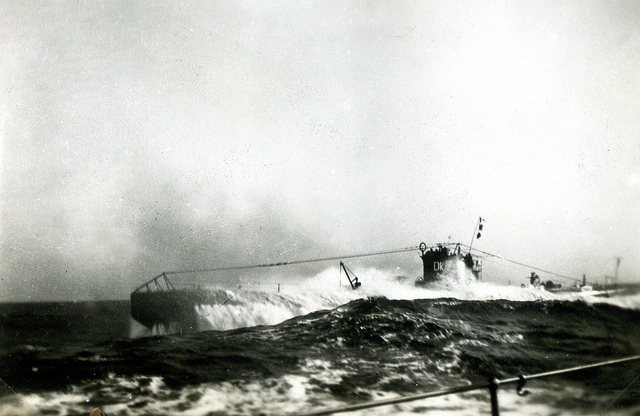Submarine construction: the Swedish view
Posted By Kym Bergmann on February 20, 2015 @ 06:00
With continuing uncertainty in Australia about the future direction of SEA 1000, it’s both interesting and refreshing to visit Sweden to see what’s happening regarding the development of the next generation of submarines. There’s a unanimous view from Swedish politicians, the Navy, the defence bureaucracy and industry that it would be complete madness to do anything other than design and build submarines in country. The contrast with Australia’s current confusion, misdirection and secrecy couldn’t be starker.
The Swedes take the view that only through an indigenous approach can they design and build submarines that genuinely meet the essential operational needs of the Navy. This view is consistent between the Defence Minister Peter Hultqvist; Lena Erixon, the head of FMV (the Swedish equivalent of DMO); Rear Admiral Anders Grensted, Deputy Commander Operations, Swedish Armed Forces; Gunilla Franzon, Saab’s Head of Security and Defence Solutions; and the Chairman of Saab, Marcus Wallenberg—as well as dozens of others. In a visit organized by Saab, along with three other Australian journalists, I received a great deal of information to the effect that no existing overseas design could meet Sweden’s unique operational needs, and that making changes to another country’s submarine would be both riskier and more expensive than the local build of a carefully tailored product.
Mind you, Swedes have been designing, building and operating submarines for more than a century, which probably gives them a level of self-confidence that Australians sadly lack. Being a polite bunch of people, none of them were in any way critical of the situation regarding SEA 1000, but it was clear that they were all at the very least extremely puzzled by what appears to be going on. From their perspective, Australia has the necessary facilities and experience at ASC to build submarines, coupled with a modern industry base that includes a number of globally competitive companies, a generally positive labour environment, a professional Navy, and excellent access to US defence technology. From the Swedish perspective, building the next generation of RAN submarines at Osborne, South Australia, with an overseas design partner such as Saab, is the logical way to proceed.
That said, the recent history of submarine development in Sweden has been complex, with the national champion Kockums—also the designer of the Collins class and for a time a major shareholder in ASC—having been sold to German companies in 2000. Only one year ago, Kockums was returned to Swedish ownership, with Saab’s somewhat acrimonious buyback from ThyssenKrupp Marine Systems. The reasons for this are complex, but as Defence Minister Hultqvist confirmed to me, the decision was political rather than commercial. In essence, the Swedish political and military leadership decided more than one year ago that it was vital for the nation to have full control over its submarine technology—especially as Europe appears to be entering a new era of growing tensions due mainly to a resurgent and aggressive Russia.
With a limited budget—at the moment 1.1% of GDP, but likely to grow after April with cross-party approval—Sweden needs to carefully choose which technologies it’ll develop in house and which can be imported. The two highest priorities for local development are combat aircraft in the form of the Gripen multi-role fighter and submarines—the next of which will be the A26 series. These are seen as strategically essential indigenous projects.
The contract for the first two A26s is being negotiated between Saab and the Swedish Defence Materiel Administration, and is expected to be signed before the middle of this year. The A26 will be an advanced 1,500 tonne submarine, which should be delivered by 2021. The price is obviously a sensitive matter since it’s still under discussion, but they’d appear to cost no more than AUD$700 million each. Three more A26 class subs are expected to be ordered in the near future.
Sweden in general—and Saab in particular—is closely watching SEA 1000. Everyone from the Minister down emphasised that Sweden is looking for trusted international partners with whom it can cooperate for long-term submarine development activities.
Kym Bergmann is the editor of Asia Pacific Defence Reporter and Defence Review Asia. He has been visiting Sweden courtesy of Saab. Image courtesy of Flickr user N Stjerna [2].
Article printed from The Strategist: https://www.aspistrategist.org.au
URL to article: https://www.aspistrategist.org.au/submarine-construction-the-swedish-view/
URLs in this post:
[1] Image: http://www.aspistrategist.org.au/wp-content/uploads/2015/02/4579366922_d9b8194420_z.jpg
[2] N Stjerna: https://www.flickr.com/photos/niklasstjerna/4579366922
Click here to print.
